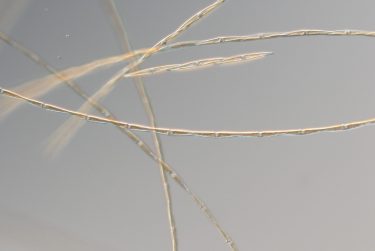
A study led by researchers at the University of Washington and the National Oceanic and Atmospheric Administration connects the unprecedented West Coast toxic algal bloom of 2015 that closed fisheries from southern California to northern British Columbia to the unusually warm ocean conditions — nicknamed “the blob” — in winter and spring of that year.
“We have toxic algae events that result in shellfish closures off the Washington and Oregon coast every three to five years or so, but none of them have been as large as this one,” said lead author Ryan McCabe, a research scientist at the UW’s Joint Institute for the Study of the Atmosphere and Ocean, a collaborative center with NOAA. “This one was entirely different, and our results show that it was connected to the unusual ocean conditions.”
The study is now online in Geophysical Research Letters, a journal of the American Geophysical Union.
Read more at UW Today »
